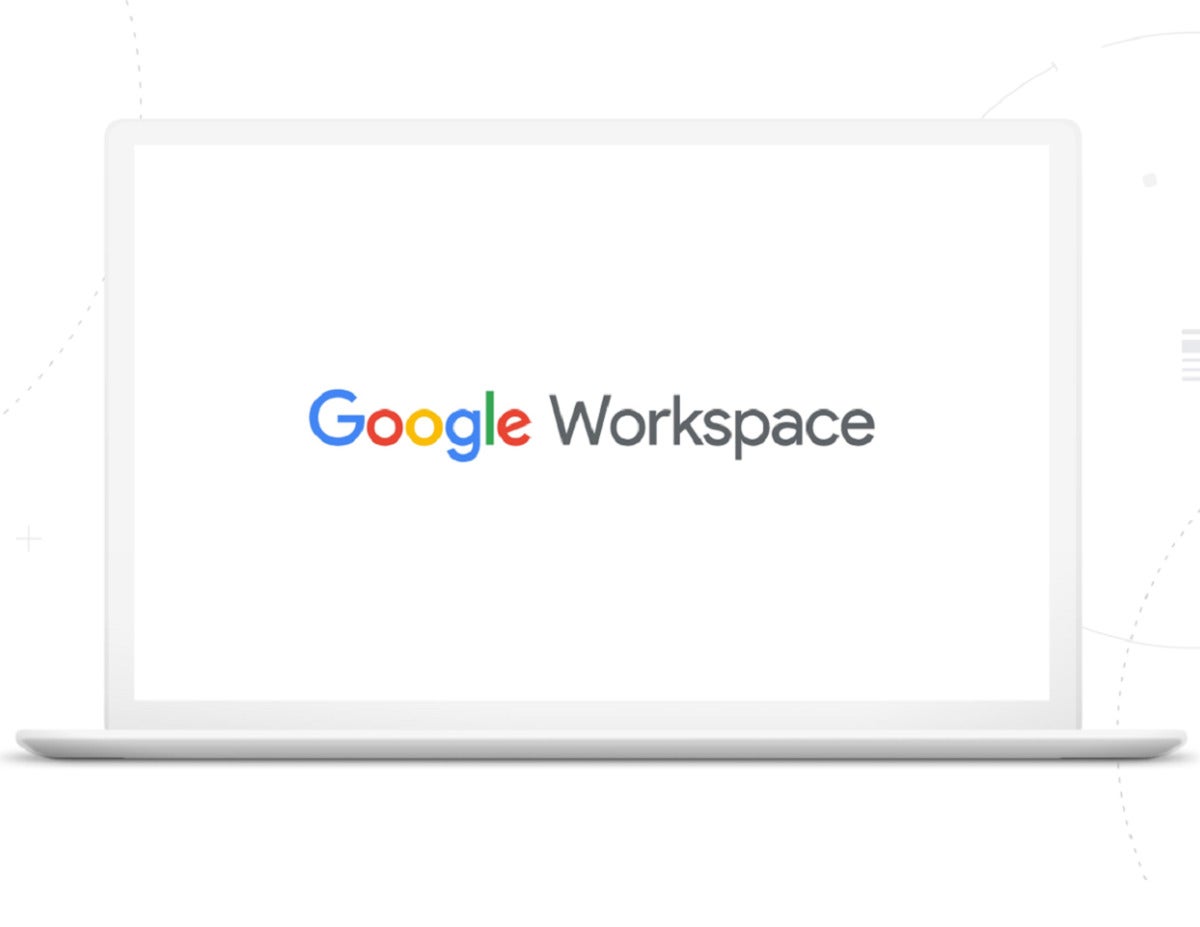Google has added new features to its Workspace productivity apps, including automated document summaries and the ability to embed Google Maps into documents.
The changes build on the “smart canvas” concept the company unveiled last year to modernize its application suite by connecting the various tools in a shared, all-in-one workspace. Among the initial features announced last year were “smart chips” that let users link information between documents using the “@” symbol, for instance.
One new addition announced Tuesday is a smart chip for Google Maps, which lets Docs users embed a map preview into a document more easily. The smart chip generates a thumbnail that provides a quick view of location information, as well as a link to access Maps in a sidebar. Maps is generally available now.
Another new feature is Google Docs summaries, an automatically generated text overview of the main points within a document. The summary is created for the user by an artificial intelligence (AI) algorithm, though the text can also be manually edited by the user. The new summary feature is available to Workspace users now.
Email draft templates, set for general availability in “the coming weeks,” provide a button to export pre-written content into a draft message in Gmail with relevant fields already filled in.
 Google
Google
Topic-voting tables allow users to gather team feedback; project-tracker tables can capture milestones and statuses.
Two previously announced features are also now set for general availability. The “pageless format” in Docs, which removes the boundaries of a document page, can be used now, while formula corrections in in Sheets spreadsheets will arrive soon, said Google.
“The updates to Workspace reflect a much-needed revamp, not just for Google but for the document, which has been in need of a major overhaul for several years,” said Raúl Castañón, senior analyst at 451 Research, a division of S&P Global Market Intelligence.
He said the smart canvas updates help Google close the gap with Microsoft and with emerging rivals such as Coda and Notion that have taken new approaches to document creation.
A lack of interconnectedness across apps is an on-going problem for many workers, according to findings from 451 Research's “Voice of the Enterprise: Workforce Productivity & Collaboration: Work Execution Goals & Challenges 2021” survey. The survey found that obstacles to productive use of business tools and applications include: information that remains siloed in different applications (28%); the overall lack of integration between applications (26%); and difficulties in cross-app collaboration (21%).
The changes to Workspace reflect the changing way people collaborate, said Angela Ashenden, principal analyst at CCS Insight. “It's not all about formal and traditional word processor documents — content takes all sorts of shapes and is used in all manner of ways,” she said.
Currents makes way for Spaces
In another change coming to Workspace, Google announced last week that user accounts on its enterprise social network, Currents, will be migrated to Spaces in early 2023. (Currents launched in 2019 as a work version of the consumer-oriented Google+.)
Spaces, unveiled last summer, effectively rebrands Google Workspace Chat Rooms to provide a “central place to engage in topic-based discussions, share knowledge and ideas, move projects forward, and build communities and team culture,” said Google.
As it prepares to migrate accounts, Google will begin removing features from Currents that it said are rarely accessed by users, including “follower” and “following” counts, post analytics, and mobile notifications.
The decision to replace Currents is not surprising, said Ashenden — particularly given Google’s new product strategy for Workspace, with Spaces becoming the primary center of gravity for product innovation.
“Currents…never really found its niche in the enterprise market, and while a small number of clients still rely on it to support online communities, it didn't really fit well in the broader collaboration and productivity strategy for Google,” she said.
“It will be interesting to see exactly how the Currents capabilities around online communities and top-down communication are incorporated into Spaces, however; channel-based collaboration tends to be better suited to day-to-day teamwork than building relationships and networking.”
Castañón said that it makes sense for Google to streamline its portfolio to improve the overall user experience. Currents and its predecessor, Google+, emerged within the context of the enterprise social network; that concept has largely fallen out of favor, with many of the features migrating into other applications.
“Spaces better reflects current workplace dynamics, with a virtual environment that enables real-time and asynchronous engagement – as opposed to one-way, top-down communications which is how enterprise social networks are largely positioned,” Castañón said.






